What is oropharyngeal cancer?
Click ▶ below to play
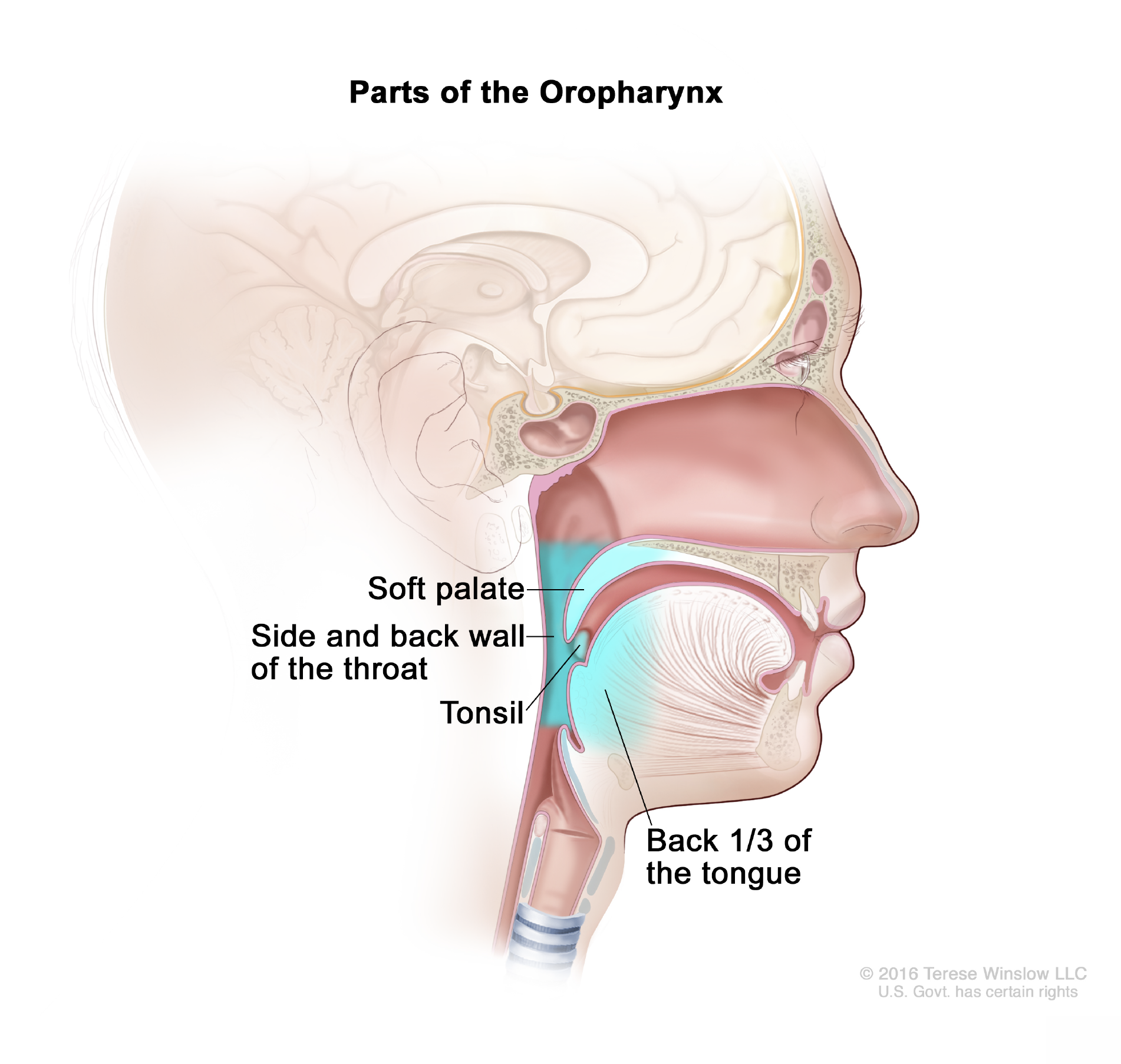
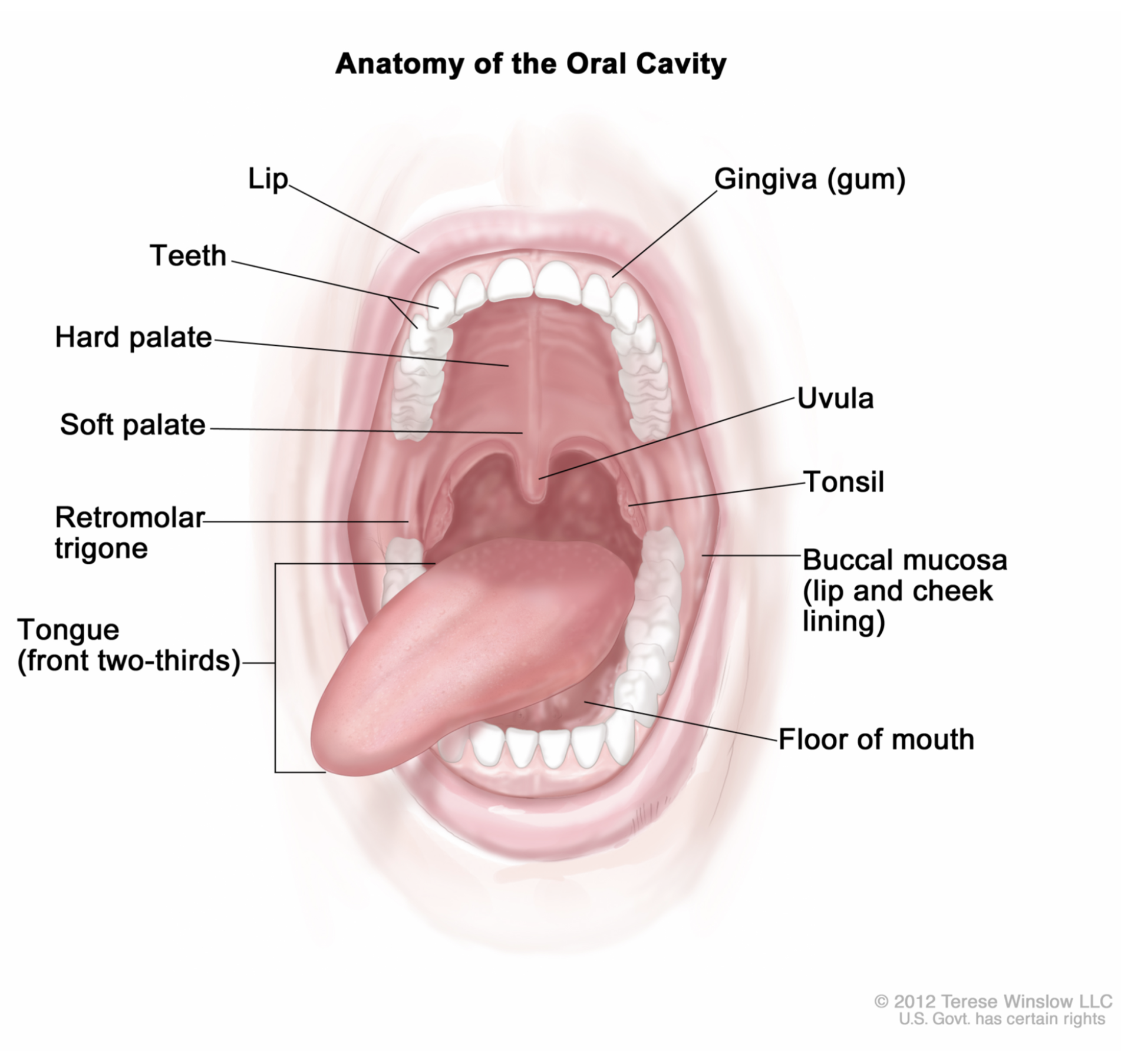

- Occurs more commonly in men than women
- Diagnosed in adults of all ages, but most often among people in their fifties or sixties
- Smoking and/or human papillomavirus (HPV) increase the risk of oropharyngeal cancer
- Most oropharyngeal cancers are caused by HPV
- Cancers caused by HPV respond better to treatment
- Quitting smoking can help people respond better to treatment
Radiation

Surgery

Chemotherapy
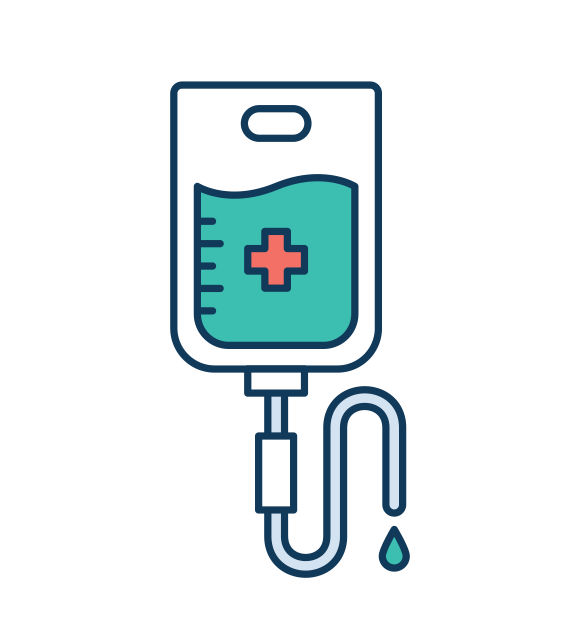
Radiation, surgery and chemotherapy can be used together in different ways to treat oropharyngeal cancer
Radiation
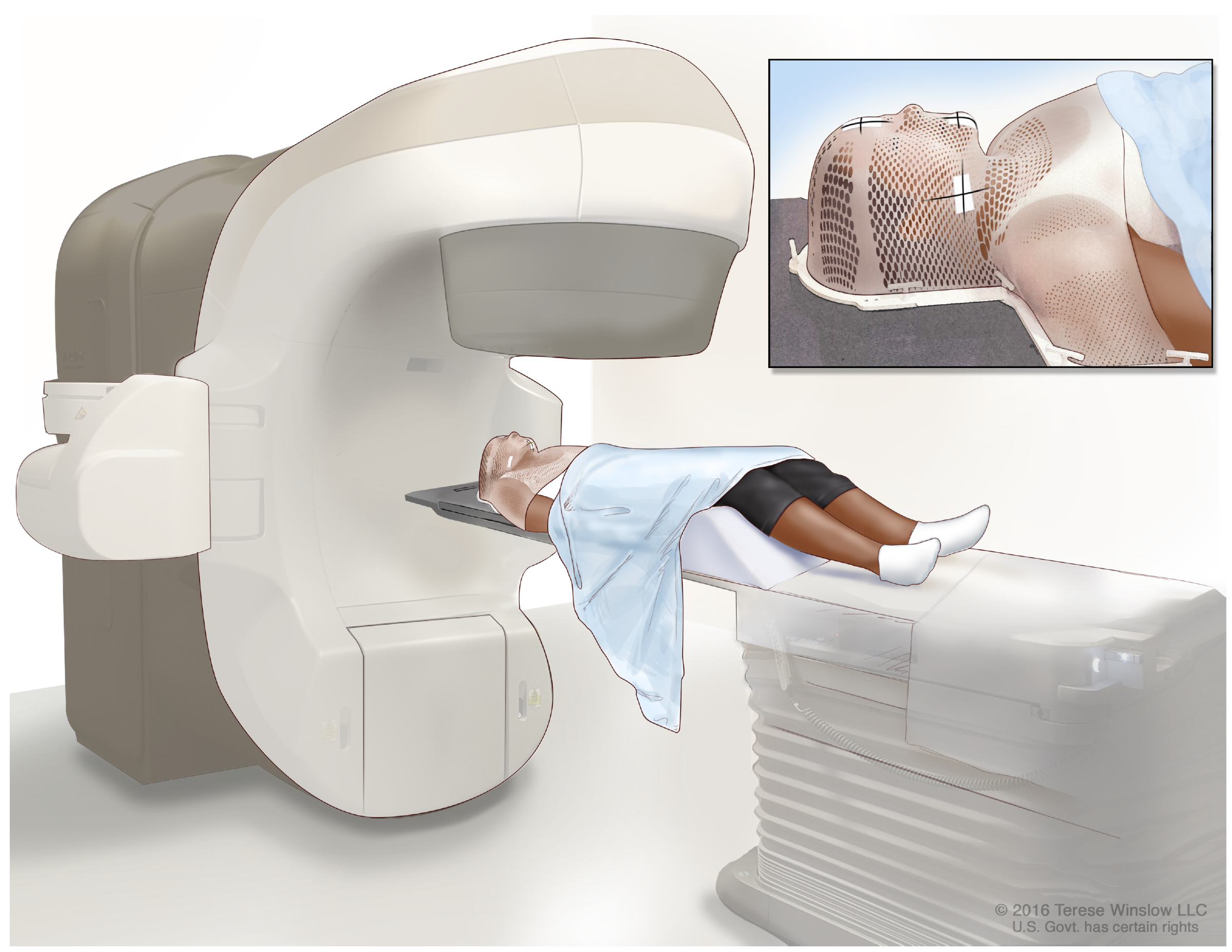

- High-energy x-rays
- Delivered with a machine located outside the body
- A radiation planning session, or "simulation", happens about 2 weeks before treatment starts
- Your doctors will use a 3D map to help aim radiation at the cancer and protect other important structures nearby (like your voice box)
Surgery
- Surgery removes the cancer and some of the normal-looking tissue around the cancer
- Transoral surgery is performed through the mouth
- A neck dissection is removal of lymph nodes from the side of the neck

Chemotherapy
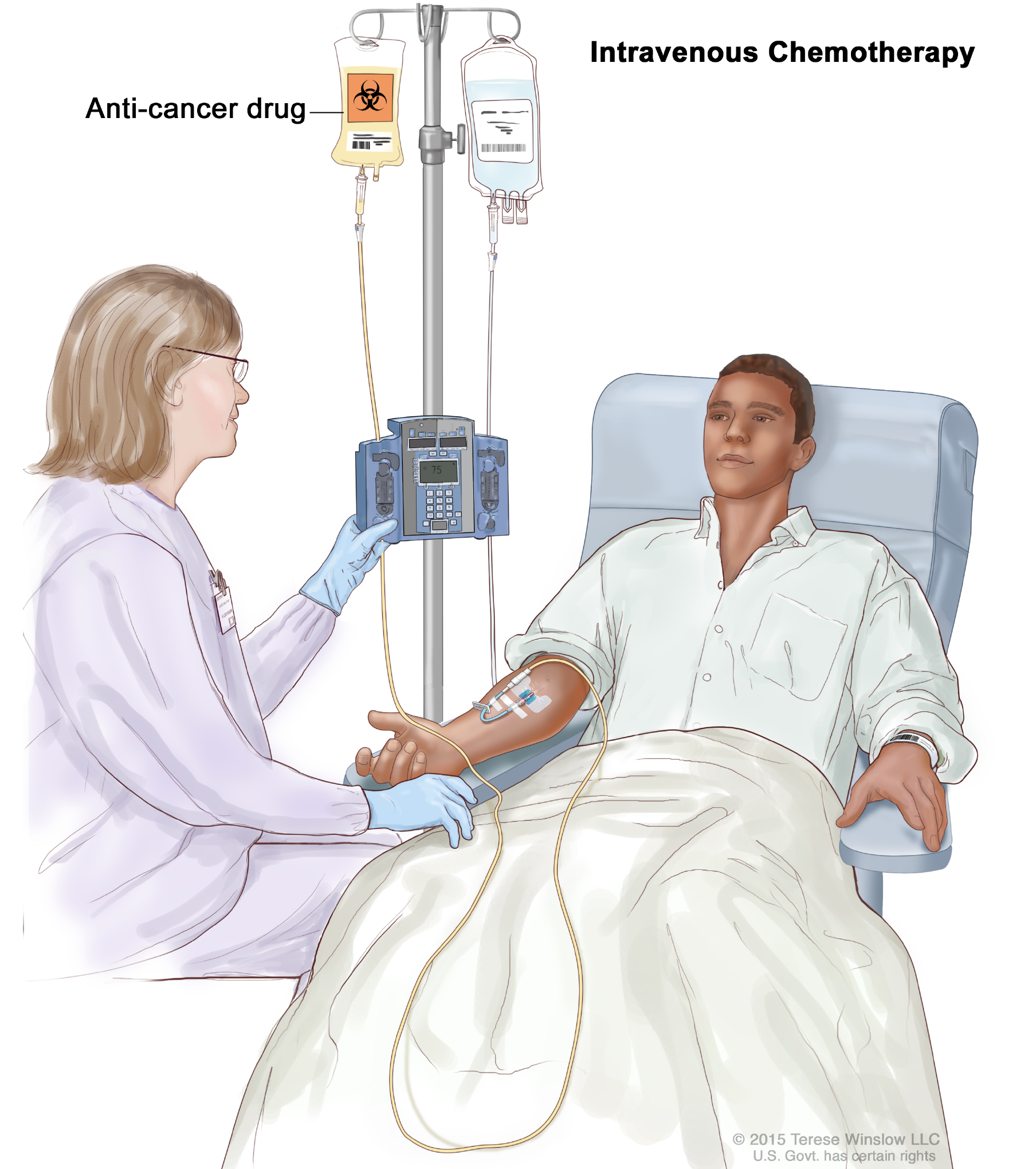

- Chemotherapy is a drug injected in a vein
- When radiation is given, chemotherapy may be added depending on how advanced the cancer is
Possible treatment plans
Radiation-based
Radiation alone

Radiation with chemotherapy


Surgery-based
Surgery alone

Surgery with Radiation


Surgery with radiation and chemotherapy



Radiation-based

Surgery-based

- Similar results
- Both are standard of care
- Not everyone is a candidate for both treatments
Learn what goes into your decision
Adapted from the NCI's Physician Data Query